Fleet Space has partnered with Koloma, a company focused on pioneering the extraction of natural – or white – hydrogen from underground reservoirs, to seek out scalable resources of the green-energy gas around the globe.
While many companies are focused on hydrogen production, Koloma believes white hydrogen is a viable source of renewable energy, having already identified significant hydrogen reserves in the US.
This new project will combine Koloma’s “advanced data analytics tools” with Fleet’s space-based mapping platform, ExoSphere, to generate 3D subsurface imaging of potential white hydrogen sites worldwide.
ExoSphere, which is used to discover potential exploration sites for critical minerals, combines Fleet’s own satellites in low earth orbit with smart sensors and artificial intelligence analysis to generate exploration datasets in just days.
Koloma Chief Technology Officer Tom Darrah said the collaboration opens “a powerful new chapter for Earth’s clean energy future” and hydrogen’s development as a scalable and sustainable energy source.
“Koloma’s data-driven expertise in geologic hydrogen plus the real-time 3D imaging of Fleet Space’s ExoSphere platform will enhance the scale and speed of our exploration programs, while also furthering our commitment to environmental preservation,” he said.
Fleet Chief Executive Officer Flavia Tata Nardini said the Adelaide-headquartered company’s collaboration with Koloma represents “the kind of industry partnerships needed to address the urgent demand for clean energy alternatives.”
The partnership follows Koloma’s recent expansion into Australia, marking the first of what the company, which is backed by billionaires Bill Gates and Jeff Bezos, expects to be many international exploration efforts outside the US.
Pete Johnson, chief executive officer of Koloma, said the move into Australia is a significant step for the company which is working to unlock natural hydrogen resources in “the most promising places across the planet.”
“As a new primary energy source, natural hydrogen can secure carbon-free energy independence for decades to come in many regions of the world,” he said.
“Australia holds significant promise for natural hydrogen,” he said. “And we are excited to be a part of the effort there, building partnerships, creating jobs, and hopefully making big discoveries.”
This content is protected by copyright and may not be reused. If you want to cooperate with us and would like to reuse some of our content, please contact: editors@pv-magazine.com.
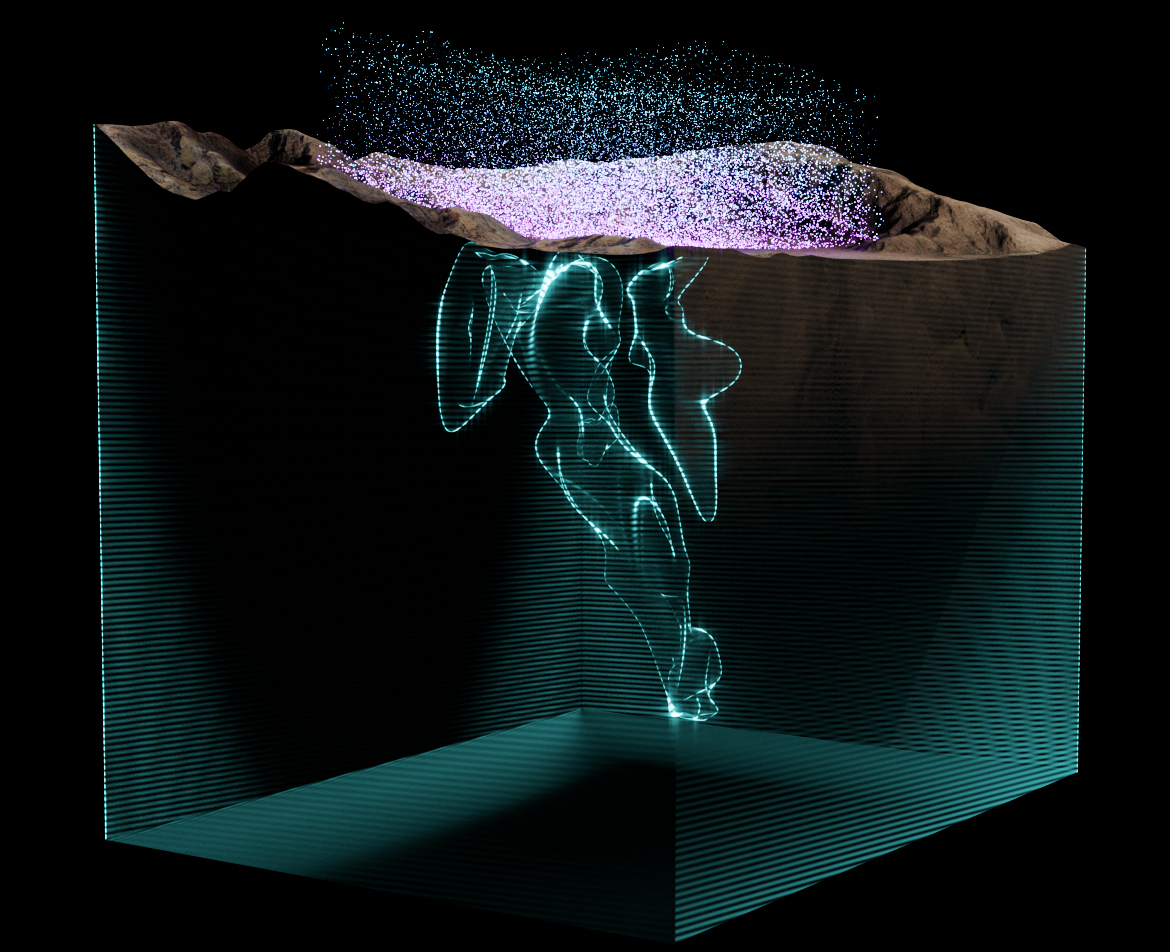
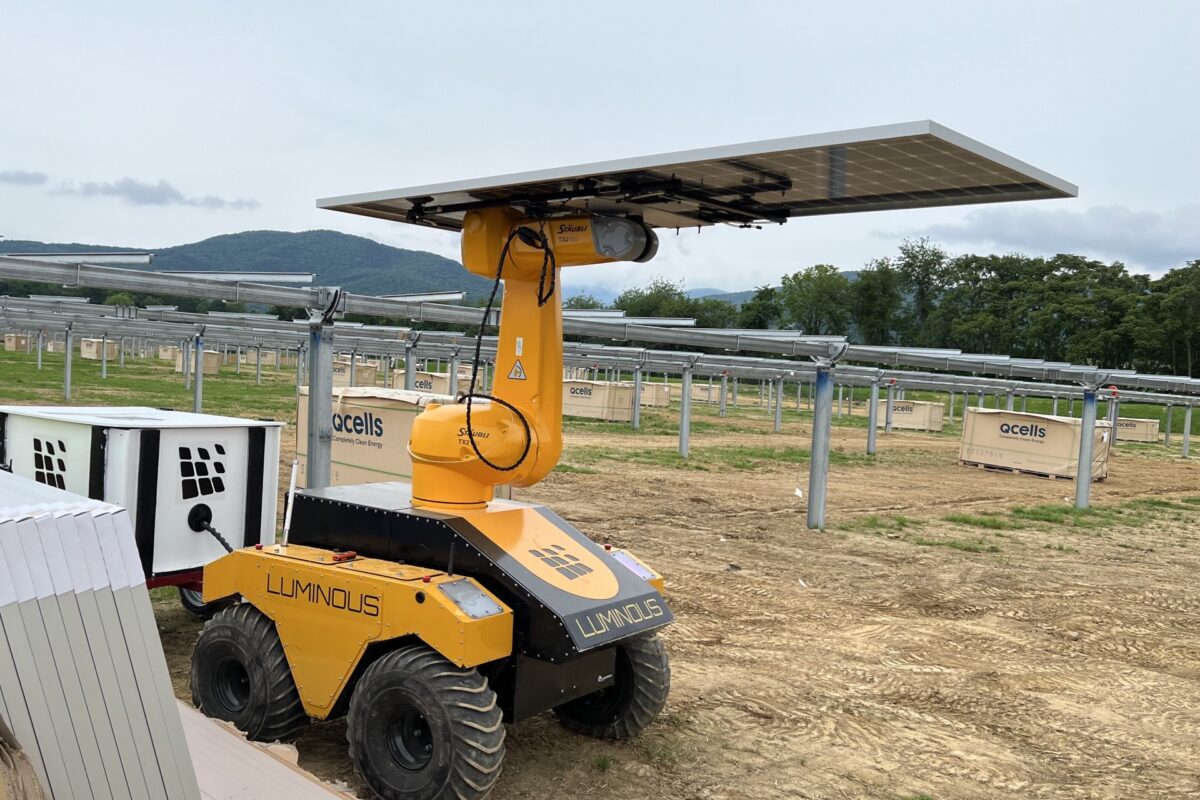



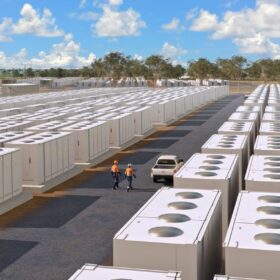
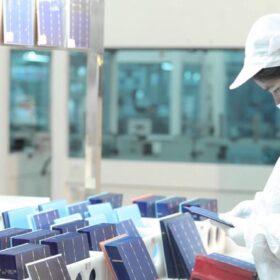

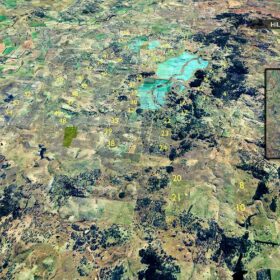
By submitting this form you agree to pv magazine using your data for the purposes of publishing your comment.
Your personal data will only be disclosed or otherwise transmitted to third parties for the purposes of spam filtering or if this is necessary for technical maintenance of the website. Any other transfer to third parties will not take place unless this is justified on the basis of applicable data protection regulations or if pv magazine is legally obliged to do so.
You may revoke this consent at any time with effect for the future, in which case your personal data will be deleted immediately. Otherwise, your data will be deleted if pv magazine has processed your request or the purpose of data storage is fulfilled.
Further information on data privacy can be found in our Data Protection Policy.